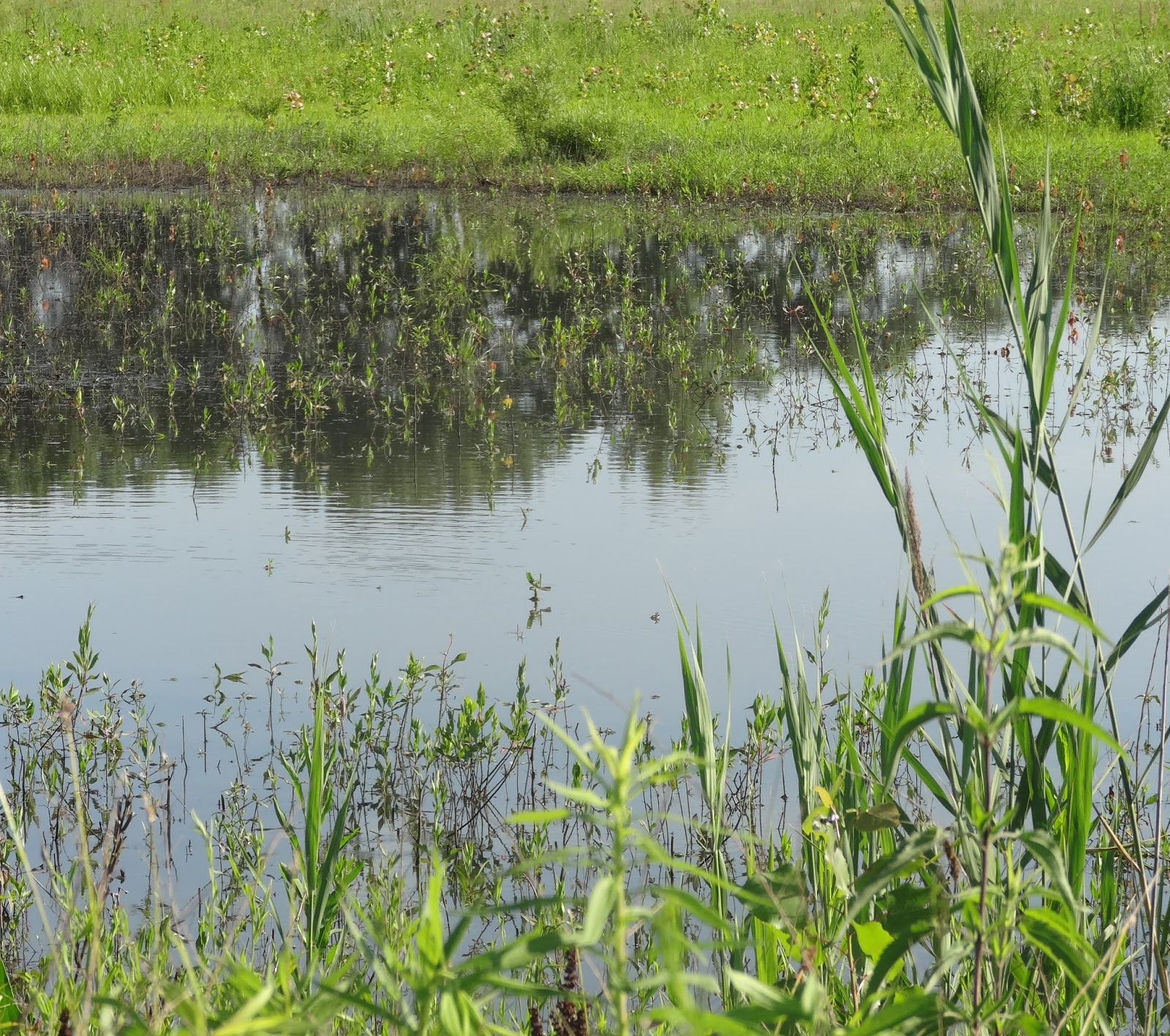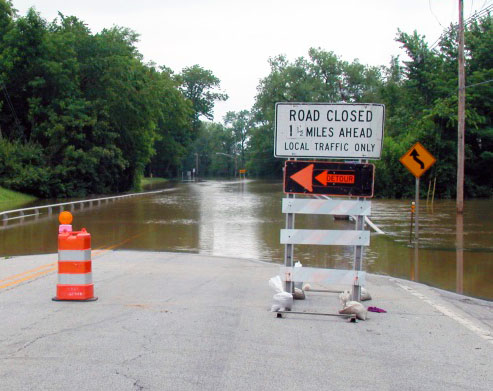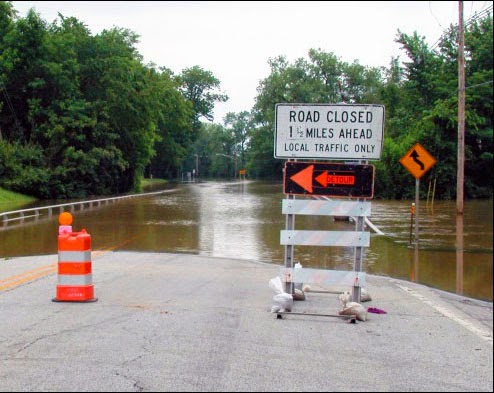 Anjanette Riley was at last week’s Resilient Chicago workshop on climate trends and adaptive planning. She had this to say about the event:
Anjanette Riley was at last week’s Resilient Chicago workshop on climate trends and adaptive planning. She had this to say about the event: Category:
Resilient Chicago highlights the many faces of climate change
October 9th, 2014 by iisg_superadmin Anjanette Riley was at last week’s Resilient Chicago workshop on climate trends and adaptive planning. She had this to say about the event:
Anjanette Riley was at last week’s Resilient Chicago workshop on climate trends and adaptive planning. She had this to say about the event: In the news: EPA unveils second phase of efforts to reverse Great Lakes damage
September 26th, 2014 by iisg_superadmin The U.S. EPA announced a new plan to improve water quality and restore habitats in the Great Lakes earlier this week during a meeting of region’s mayors in Chicago. The five-year plan, known as the Great Lakes Restoration Initiative Action Plan II, calls for a dramatic expansion of urban stormwater management projects and a more than 1,400 ton reduction in phosphorus fertilizer runoff. It also roughly doubles the number of acres covered by efforts to control invasive species and requires that new wetlands include plants that can thrive as climate change brings warmer temperatures.
The U.S. EPA announced a new plan to improve water quality and restore habitats in the Great Lakes earlier this week during a meeting of region’s mayors in Chicago. The five-year plan, known as the Great Lakes Restoration Initiative Action Plan II, calls for a dramatic expansion of urban stormwater management projects and a more than 1,400 ton reduction in phosphorus fertilizer runoff. It also roughly doubles the number of acres covered by efforts to control invasive species and requires that new wetlands include plants that can thrive as climate change brings warmer temperatures.
From The New York Times
It builds on a four-year initiative, begun in President Obama’s first term, that has already spent $1.6 billion on more than 2,100 restoration projects on the lakes’ American side. The added initiative, which extends through 2019, is expected to cost roughly the same.
The government says the project is the largest conservation program in the nation’s history, involving 15 federal agencies and the eight Great Lakes states. Read more
 In addition to laying out new strategies, the latest phase of the Great Lakes Restoration Initiative continues efforts to clean up Areas of Concern across the region, where polluted water and contaminated sediment pose a risk to wildlife and public health. Five of these largely industrial rivers and harbors have been restored in the last four years, and 10 more are slated for cleanup by 2019.
In addition to laying out new strategies, the latest phase of the Great Lakes Restoration Initiative continues efforts to clean up Areas of Concern across the region, where polluted water and contaminated sediment pose a risk to wildlife and public health. Five of these largely industrial rivers and harbors have been restored in the last four years, and 10 more are slated for cleanup by 2019.
Grab your shovel! The ABCs of building a rain garden
August 14th, 2014 by iisg_superadminIn a world of streets, parking lots, and sidewalks, rain gardens can be a place for stormwater to go besides flowing into sewers and ultimately, nearby lakes and rivers. As it flows towards waterbodies, rainwater picks up pollutants like pesticides and fertilizers along the way. Precipitation that is absorbed into rain gardens recharges groundwater 30 percent more than even that of a typical lawn.
The Southern Lake Michigan Rain Garden Manual is a how-to for homeowners, landscape architects, city planners, and anyone interested in creating a garden to “absorb the storm.” This booklet is chock full of information–from choosing a location to designing and installing a rain garden to care and maintenance. You can find a plant list, including those suited for shade and clay soils, and sample garden plans.
This publication is adapted from the Vermont Rain Garden Manual for the southern Lake Michigan region. The manual was developed through Lawn to Lake, which is a collaborative program to protect water resources in the Great Lakes region by promoting healthy lawn and landscape practices.
**The Red Oak Rain Garden at University of Illinois Urbana-Champaign
Why are algal bloom problems growing?
August 13th, 2014 by iisg_superadminThe recent contamination of drinking water in Toledo, Ohio brought the risks of algal blooms center stage and raised serious concerns for the future. Questions on everybody’s mind are what are toxic algal blooms, what causes them, and what can we do? Michael Brennan, IISG’s water quality outreach specialist, has some answers:
Summer storms brings flooding to the forefront
July 31st, 2014 by iisg_superadmin
City sewers built to take on storms from days gone by are no match for today’s rainfall that lands mostly on parking lots, streets, and sidewalks instead of being absorbed into fields and patches of forest. What’s more, climate change predictions appear to be coming true—larger storms are hitting more frequently.
Basements and streets underwater are a serious concern, but when Superstorm Sandy hit the east coast two years ago, it illustrated that flooding of critical facilities, such as hospitals, can have widespread and possibly catastrophic impacts.
Molly and other project contributors at the Midwestern Regional Climate Center are also dipping into 25 years of data from the Cook County Precipitation Network to connect large rain events with their consequences, such as combined sewer overflows and reports of basement and viaduct flooding. The goal here is to help the National Weather Service make forecasts that are impact-based for the city of Chicago.
Updating rain event reports for what constitutes a 5-year storm or a 100-year storm, for example, (meaning the probability of these storms happening is 1 in 5 or 1 in 100 years) is one part of the city’s plan for getting ahead of flooding concerns as detailed in the City of Chicago Green Stormwater Infrastructure Strategy. Planners and engineers use long term rainfall data to make decisions going forward, but the last report was released in 1992 with data up to the mid-80s. By all accounts, big storms are getting bigger and more frequent. More data is key for local decision makers. The Midwestern Regional Climate Center’s analysis of the Cook County data will provide new rainfall thresholds for various sized events over the course of the last 25 years.
Recent News
- IISG’s Eliana Brown wins 2025 Illinois Extension Excellence Award
- We’re hiring eight interns for summer 2026
- In 2026, IISG intends to fund 10 research projects focused on coastal concerns
- IISG looks back on 30 years of AIS outreach
- New step-by-step guide and veterinary brochures expand UnwantedMeds.org resources
IISG Instagram
🌊 Save the Date! 🌊
Shipboard Science Immersion 2026
Join the Center for Great Lakes Literacy aboard the R/V Lake Guardian on Lake Superior, July 7–14, 2026!
✅ Open to formal & nonformal educators (grades 5–12) across the Great Lakes region.
📅 Applications open January 2026
Learn more: https://cgll.org/signature-program/r-v-lake-guardian-shipboard-science-immersion/ or the link in bio.
#TeachingTuesday

Join the Invasive Crayfish Collaborative for an exciting webinar featuring Dr. Chris Taylor from the Illinois Natural History Survey who will provide an overview of midwestern crayfish habitat requirements, feeding, reproductive biology, and life-history.
Crayfishes in the Midwest occupy almost every type of aquatic and semi-aquatic habitat in the region. They function as critically important components of those ecosystems and in many cases represent a majority of invertebrate biomass. As “keystone” species, understanding their biology and roles in ecosystems is critically important.
Register for the webinar at InvasiveCrayfish.org/events1 Or the link in bio.

This season, let’s teach eco-friendly habits while spreading cheer! NOAA’s Greener Holiday Gift Guide is full of ideas to reduce waste and protect our precious water resources.
Check out the full guide at the link in bio.
#teachingtuesday
NOAA Marine Debris
NOAA Education

The gales of November may come early, but, as usual, the nominations for the Lakies are right on time along with our official call for nominations!
Brought to you by the Teach Me About the Great Lakes podcast, The Lakies (aka "quite possibly not the least prestigious Great Lakes-focused awards ceremony there is”) are back.
Our goal isn`t to be the Official Arbiters of Quality, but to host a fun celebration of amazing Great Lakes-related research, outreach, and communication in the inimitable Teach Me style.
Nomination categories are:
-Great Lakes Science Communication of the Year
-Great Lakes Outreach Program of the Year
-Great Lakes News Event of the Year
-Great Lakes Research Finding of the Year
-Coolest Thing You Learned Listening to TMATGL in 2025
-Science Podcast of the Year (Non-TMATGL edition)
-Great Lakes Animal of the Year
-Great Lakes Non-Animal of the Year
-Great Lakes Sandwich of the Year
-Great Lakes Donut of the Year
The Details:
-Deadline: Nominations close on December 4th.
Process: It`s easy (just enter the name/title and a link).
-Self-Nominations: Highly encouraged. Don`t be shy.
We’d love to get a broad swath of work across both the serious and less-serious categories to celebrate. Feel free to pass the link on to interested people: https://bit.ly/Lakies25

Categories
- Aquaculture
- Aquatic Invasive Species
- Buoys
- Climate Ready Communities
- Coastal Resilience
- Director's Blog
- Education
- Featured
- Fellowships
- Fisheries
- Funded Research
- Funding
- Great Lakes Cleanup
- Great Lakes Data
- Healthy Waters
- Internships
- Jobs
- K-12 Education
- News
- Photos
- Program
- Recreation & Tourism
- Resources
- Sea Grant Scholars
- Stormwater & Green Infrastructure
- Sustainable Community Planning
- The Helm
- Uncategorized
- Video
- Water Resource Economics




